
Can dog skin rashes be caused by fleas or ticks
I’ll open with a relatable scenario of a new owner noticing their pup’s rash after a park walk, explain how fleas and ticks trigger skin issues
I sat on my friend Jake’s Boston living room floor last weekend, watching him lean in to kiss his 1-year-old Beagle, Daisy—who immediately turned her head, licking his cheek instead. “Does she hate this? Do dogs like being kissed, or am I forcing my human habit on her?” he asked, laughing but clearly unsure. If you’re a new U.S. dog owner who shows affection with kisses, the answer isn’t a simple “yes” or “no”—dogs don’t understand kisses as we do (they’re a human gesture!), but they can learn to like them if paired with comfort and positive vibes. The key is reading their body language, not assuming they’ll love what feels natural to you.
To understand if dogs like being kissed, let’s break down canine communication vs. human habits. Jake’s trainer, Maria, explained that dogs show affection through actions like licking, leaning, or wagging—kissing (a close, face-to-face gesture) can feel threatening to some. In dog language, getting too close to their face is often a “dominance or fear” signal, not a hug. Daisy turned her head not because she hated Jake, but because his face near hers felt overwhelming at first. Factors like breed (shy Chihuahuas vs. outgoing Labs), past experiences (a dog who was grabbed by the face may fear kisses), and timing (kissing a tired dog = irritation) all matter. Unlike positive training (where treats build trust), forcing kisses can erode it—scolding a dog for pulling away (like Jake almost joked about doing) violates U.S. animal welfare standards; Daisy wasn’t being “rude”—she was setting a boundary, and our job is to respect it.
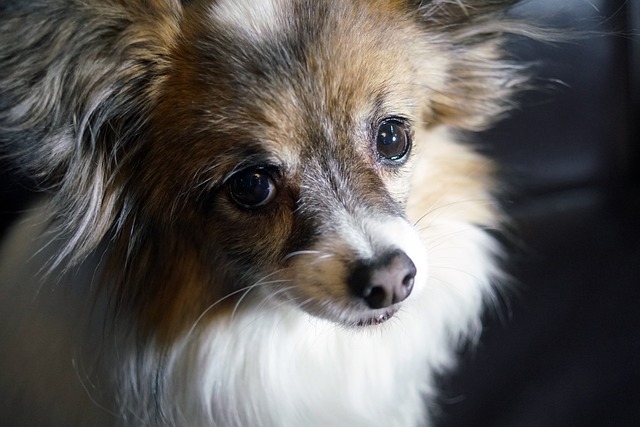
Here’s how to tell if your dog likes being kissed, and how to make it a positive experience (using Jake’s adjustments with Daisy): First, read their body language (the ultimate clue). Maria told Jake to watch for “yes” signs: Daisy leaning into him, wagging her tail loosely, or licking his face back. “No” signs? Stiff body, avoiding eye contact, yawning, or moving away. When Jake kissed her forehead slowly, Daisy relaxed—when he kissed her muzzle quickly, she stepped back. He now sticks to gentle forehead kisses, not face-to-face ones. Second, pair kisses with rewards (build positive association). Jake gives Daisy a tiny freeze-dried treat right after a soft kiss—she’s learned “kiss = snack,” so she now leans in sometimes. He never kisses her when she’s scared (like during thunderstorms) or busy (like eating)—only when she’s calm and relaxed. Third, respect their “no” (boundaries build trust). If Daisy turns away, Jake stops immediately and pets her chest instead (her favorite spot). For apartment living, he avoids kissing her near her crate (her safe space)—kisses feel intrusive there. Fourth, try dog-friendly affection first (meet them where they are). Before kissing, Jake lets Daisy initiate contact—if she leans against his leg or rests her head on his lap, he knows she’s open to closeness. This way, kisses feel like a continuation of her comfort, not his.
For community and compliance, respecting a dog’s kiss preference ties to good etiquette: Jake never lets guests kiss Daisy without asking—he tells them to offer a hand for her to sniff first (polite dog greeting). When walking Daisy, he carries biodegradable poop bags (Boston fines $200 for uncollected waste) and uses post-walk cuddles (not kisses) to reward her for good behavior. He keeps her rabies vaccine up to date (mandatory nationwide)—even though kisses are low-risk, regular vet checks ensure her overall health. Maria reminded him: “Affection is about making them feel loved, not checking a box. If your dog doesn’t like kisses, that’s okay—petting, playing, or giving treats are just as meaningful.”
A week later, Jake texted me a photo: Daisy sitting on his lap, letting him kiss her forehead, tail wagging softly. Do dogs like being kissed? For Daisy, yes—once it was slow, gentle, and paired with treats. For your pup, it’s about reading their cues, respecting their boundaries, and loving them in the way they understand. Kisses can be sweet, but trust is sweeter.

I’ll open with a relatable scenario of a new owner noticing their pup’s rash after a park walk, explain how fleas and ticks trigger skin issues
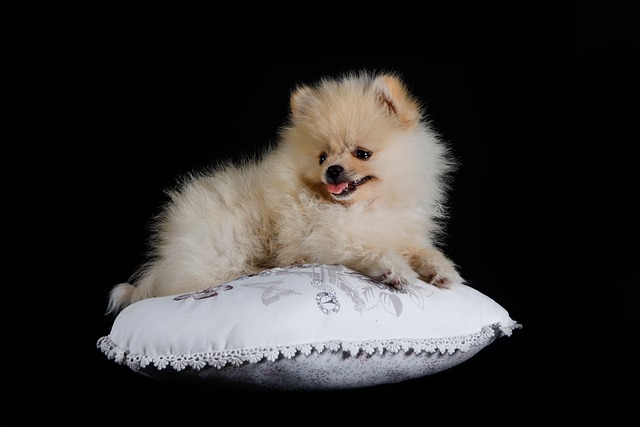
Walk into any neighborhood park at dusk, and you’ll see the difference: a Lab that sits when told but shrinks from other pups, or a Golden Retriever that greets everyone warmly but won’t come when called.
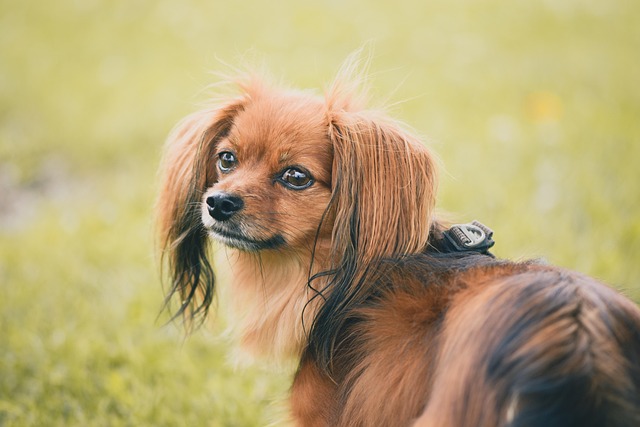
I’ll open with a relatable scenario of a new owner struggling with a warm cooling vest mid-walk, explain how ice pack effectiveness depends on environmental and product factors
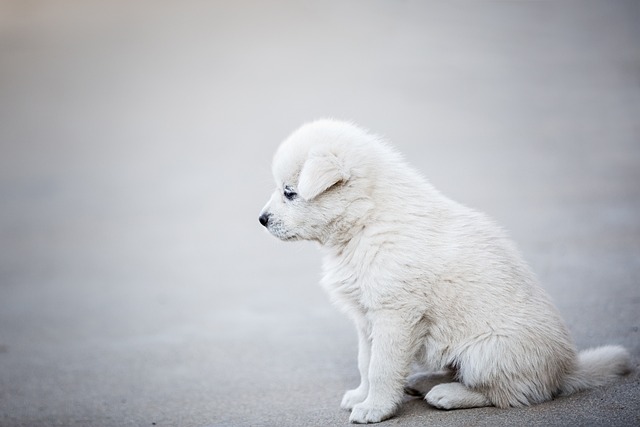
Most dogs don’t jump for joy at bath time, but the right water temperature can turn a stressful chore into a calmer experience.
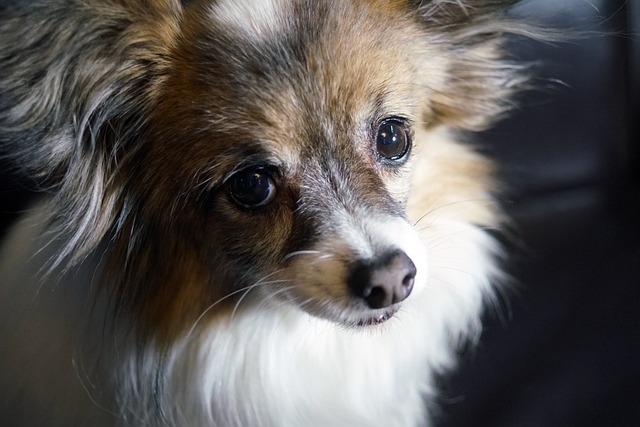
I sat on my friend Jake’s Boston living room floor last weekend, watching him lean in to kiss his 1-year-old Beagle, Daisy—who immediately turned her head

I’ll start with a scenario of a new owner asking how to protect their young pup from future cognitive issues, explain the science behind preventing CCD (focused on brain health and aging)